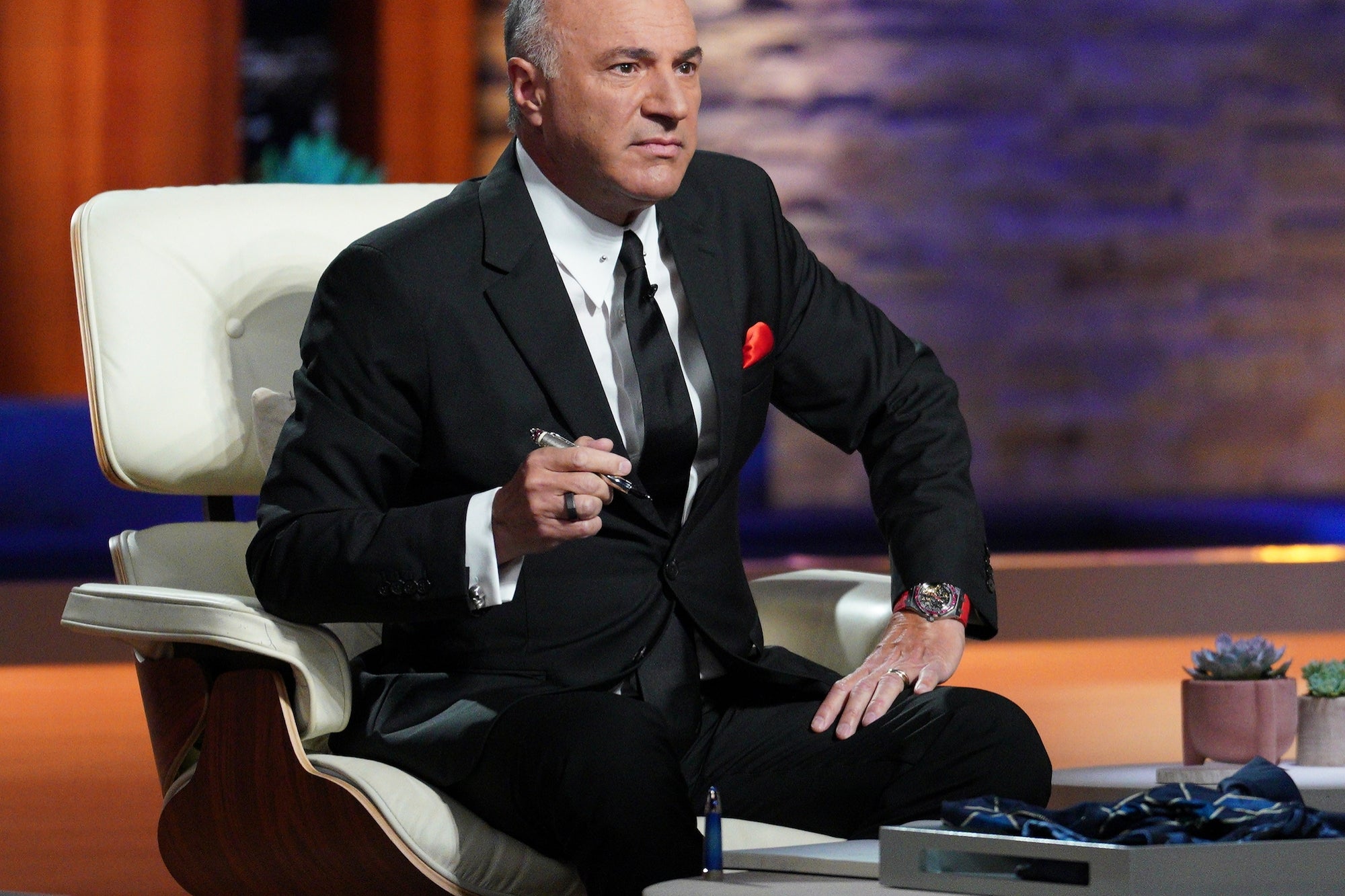What Consumer Brands Need to Know About YouTube With more than 1 billion unique monthly viewers, YouTube is a distribution channel few marketers can afford to ignore.
By Danny Wong Edited by Dan Bova
Opinions expressed by Entrepreneur contributors are their own.

Every minute, 323 days worth of YouTube videos are viewed on Facebook. Needless to say, we consume a lot of video. What is particularly interesting is how popular YouTube is among all age groups, especially millennials. According to research by NuVoodoo, 82 percent of teens, 14-17; 78 percent of young adults, 18-34; and 54 percent of pre-millennials are on YouTube at least once a week.
Related: Listening Helped This YouTube Star Build a Multi-Million Dollar Brand
For advertising and marketing, then, YouTube's potential is limitless. A report by AOL Platforms reveals that YouTube is the #1 social media platform for buyer discovery and final purchase, beating out Facebook, Pinterest and Twitter.
With more than 1 billion unique monthly viewers, YouTube is clearly a distribution channel few marketers can afford to ignore. For brands, here are three things you need to know about the ubiquitous video-sharing website.
1. YouTube stars trump mainstream celebrities.
Among American teens, YouTube stars are more popular than mainstream celebrities, according to a 2014 study by Variety.
Endorsements from YouTube influencers now carry more clout than endorsements from famous actors or TV personalities. Variety's Susanne Ault explains, "YouTube stars scored significantly higher than traditional celebrities across a range of characteristics considered to have the highest correlation to influencing purchases among teens. YouTubers were judged to be more engaging, extraordinary and relatable than mainstream stars." For viewers, judging from Ault's words, YouTube creators may feel like your best friend.
Ault echoes this thought: "Looking at survey comments and feedback, teens enjoy an intimate and authentic experience with YouTube celebrities, who aren't subject to image strategies carefully orchestrated by PR pros. Teens also say they appreciate YouTube stars' more candid sense of humor, lack of filter and risk-taking spirit, behaviors often curbed by Hollywood handlers."
YouTube stars, therefore, are brutally honest and vulnerable and treat their fans like family. In return, viewers share thoughtful comments on videos they love.
2. YouTube product placements have power.
On July 8, 2008, 15-year-old Blair Fowler joined the video hosting site YouTube. A month later, she uploaded her very first vlog titled, "Makeup Tutorial Using MAC products." In less than two years, Fowler, popularly known on YouTube as JuicyStar07, amassed an audience that brands were willing to pay for.
In 2010, Shoes of Prey, a retailer specializing in custom women's shoes, decided to take a new approach to social media marketing by leveraging the influence YouTube creators held with their subscribers. Accordingly, the company partnered with Fowler to host a giveaway on her channel. In less than two weeks, the video received an astounding 450,000 views and tens of thousands of comments. As a result, Shoes of Prey received half a million visits to its website and permanently tripled its online sales.
Related: Here's Why Jerry Seinfeld Likens YouTube to a 'Giant Garbage Can'
At Grapevine, we've helped more than 100 beauty, fashion and lifestyle brands work with YouTube influencers to produce thousands of sponsored videos. Our focus is meaningful product integrations -- and the success stories have been similar. For one color cosmetics company, for example, Grapevine commissioned nearly a dozen creators to craft review- and tutorial-style videos highlighting some of the brand's best-selling products.
That campaign drove 400 percent ROI in under three weeks, and due to the evergreen content in each of the sponsored videos, our client has received lasting value -- meaning ongoing brand awareness and a continuous flow of clicks and conversions.
3. Let videos drive conversations and sales.
While most mass media advertising buys tend to be viewed as a branding exercise, YouTube influencer marketing can easily be tied back to both conversations and sales. In this way, brands and marketers can directly attribute ROI and justify ad spend, which remains a notoriously difficult thing to do with most TV placements.
In an article for ReelSEO, Grant Crowell listed 11 "active" social video metrics. Among these were: comments, click-to-conversion, sentiment, influence, customer and other stakeholder feedback and incentive. As important as video views are, conversations and sales matter more.
Comments provide unique insight into consumers' minds, and conversions ensure your marketing dollars are spent wisely. Brands that tap YouTube influencers should measure both metrics when evaluating a campaign's overall success.
Have you leveraged YouTube influencer marketing yet? Tell us about your latest campaign in the comments section below.
Related: This 8-Year-Old Girl Makes $127,000 a Month Baking Sweets on YouTube










